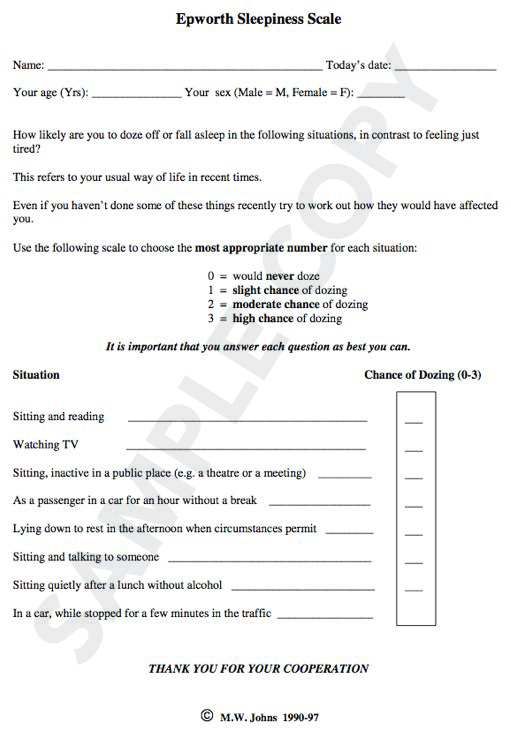Epworth Sleepiness Scale Pdf: Are you facing sleeping issues? Do you think it’s normal or a serious problem?
Well, sleeping problems have become common among people. Either they face these issues due to bad sleeping habits or neurological, cardiological, or behavioral disorders. And if the latter is the reason, it is essential to get treatment; otherwise, it can even become severe with time.

But how do we find out what’s the reason? There is a test known as the Epworth sleepiness scale test that helps distinguish whether you are really suffering from any problem or not.
If you are here, it’s likely that you wanna know about this test. So without wasting your time, let’s get to the main topic – the Epworth sleepiness scale pdf and how the scores are calculated.
What is the Epworth sleepiness scale test?
The abbreviation for this scale is ESS. It refers to an easy and free way of finding how easy it is to fall asleep during the daytime for anyone. It was introduced by Dr. Johns in 1991 based on the evaluation of 180 people. Among those, 30 were normal, and others were suffering from sleeping problems.
It has eight short questions that are applied to almost everyone above 18 years of age. These questions help determine whether the person has an abnormal sleeping pattern due to any disorder.
Here are the questions asked in this Epworth sleepiness scale form –

- What are the chances of sleeping while sitting and reading?
- What is the probability of sleeping while watching television?
- What is the probability of sleeping while sitting inactively in a public area?
- What is the probability of sleeping as a passenger in a car after driving for more than an hour without resting?
- What is the probability of sleeping if you comfortably lie down in the afternoon?
- What is the probability of sleeping while sitting and talking to someone?
- What is the probability of sleeping while sitting quietly after lunch without alcohol?
- What is the probability of sleeping while driving a car and then the traffic stops you for more than a few minutes?
Each of these questions is given with four answers –
- I never do it. (Zero points)
- It rarely happens. (One point)
- It happens sometimes. (Two points)
- It’s very often. (Three points)
Each answer has points that are calculated at the end (when you complete the test). And then, based on your answers, your sleeping habits are determined.
What does the ESS result indicate?
Well, the result is determined by the points you get. Just sum up all the points you get after the test and accordingly check the results as per the given table.
| 0-7 | The person sleeps normally. |
| 8-9 | The person has average daytime sleepiness. |
| Between 10 to 15 | The person is sleeping excessively in some cases, and it is suggested to consult a specialist. |
| Above 16 | You sleep too much, so it is suggested to consult the doctor about your sleepiness and get treatment asap. |
⏩ It’s important to note that this scale is just to identify the level of daytime sleepiness, not to diagnose yourself if you get symptoms of a sleeping disorder. For treatment, it is suggested to go to a specialist.
Final Thoughts
ESS is a reliable and valid method for measuring the average sleep propensity of any individual.
It’s a test that users can take on their own because results can be measured easily with the help of a given interpretation; you don’t need any Epworth sleepiness scale calculator. Just sum up the points and check the results as per the given interpretation table.
Frequently Asked Questions
It’s a self-administered screening method to measure the daytime sleepiness of an individual.
0-7 is considered a normal score.
Reading the scale is easy. Answer the questions first, calculate the total number of points, and then check the interpretation (I’ve mentioned it above in the table).